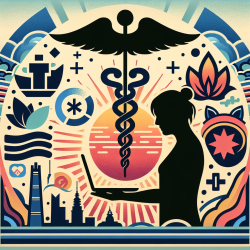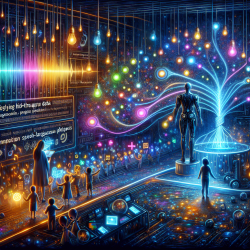Introduction to Telerehabilitation
Telerehabilitation (TR) is a branch of telemedicine that allows patients to receive rehabilitation services remotely, using technology such as video calls, web-based applications, and mobile apps. This approach is particularly beneficial for patients in remote areas where traditional rehabilitation services are not readily available. TR not only reduces healthcare costs but also allows for more frequent therapy sessions, which can be conducted individually or in groups.
Multi-Lateral Teleoperation and Multi-Agent Framework
The research article "Multi-Lateral Teleoperation Based on Multi-Agent Framework: Application to Simultaneous Training and Therapy in Telerehabilitation" explores a novel approach to TR. This method involves a therapist, a patient, and several trainees participating in the rehabilitation process remotely. The use of multi-agent systems (MAS) theory in this framework allows for a decentralized control system, which eliminates the need to redesign controllers when the number of participants changes.
Benefits of the Multi-Agent Framework
- Scalability: The framework can accommodate varying numbers of participants without requiring changes to the control system.
- Cost-Effectiveness: Patients can receive therapy at home, reducing travel and hospitalization costs.
- Training Opportunities: Trainees can participate in a "hands-on" manner, gaining valuable experience without direct patient contact.
Implementing the Research Outcomes
Practitioners can improve their skills by integrating the outcomes of this research into their practice. By adopting a multi-agent framework, therapists can manage multiple patients and trainees simultaneously, enhancing the efficiency and reach of rehabilitation services. Additionally, the use of robotics and automation can provide consistent and measurable therapy sessions, improving patient outcomes.
Encouraging Further Research
While the current research provides a solid foundation for multi-lateral teleoperation in TR, further studies are needed to explore its full potential. Areas for future research include the integration of advanced robotics, the impact of TR on different patient populations, and the long-term effects of remote therapy on patient recovery.
To read the original research paper, please follow this link: Multi-Lateral Teleoperation Based on Multi-Agent Framework: Application to Simultaneous Training and Therapy in Telerehabilitation.










